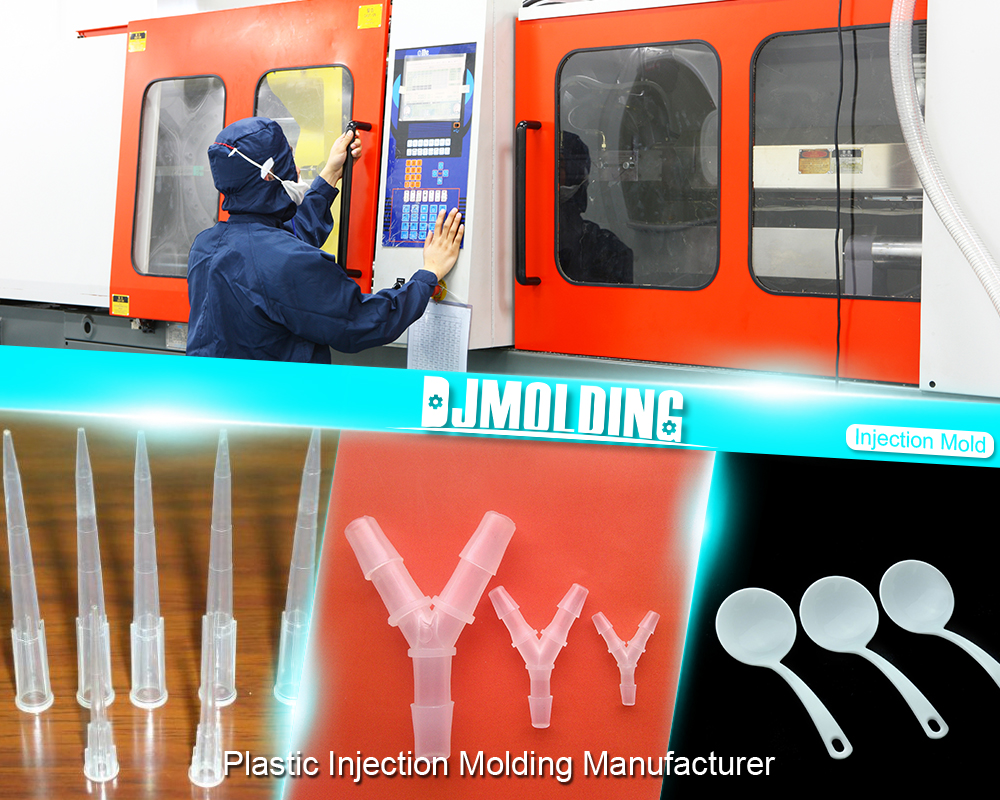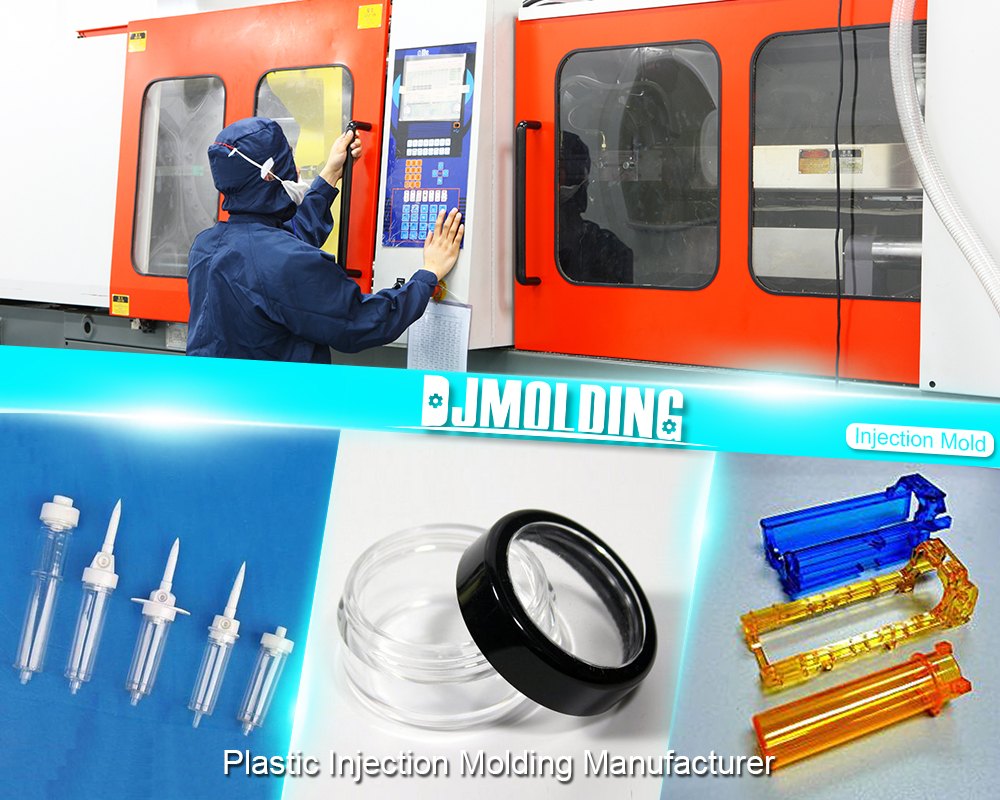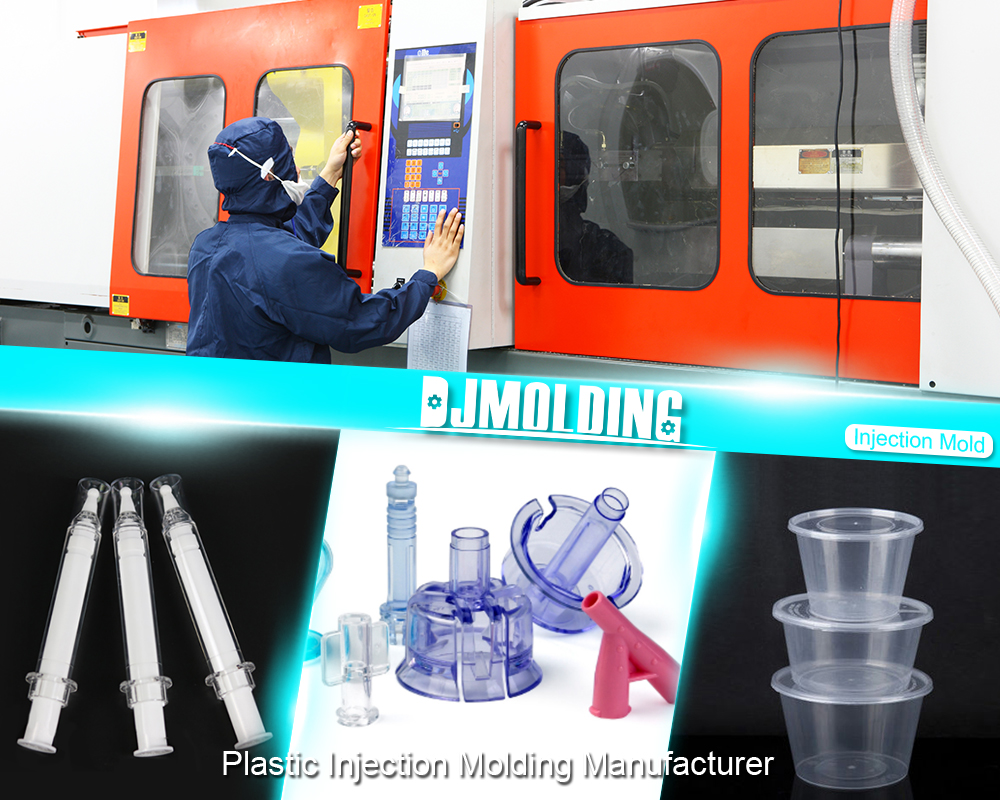Everything you need to know about plastic injection molding
Everything you need to know about plastic injection molding
What is plastic injection molding?
Injection molding is a part manufacturing process by injecting material into a closed mold. Injection molding can include a wide variety of materials, including metals, glass, and in some cases, thermoset elastomers and polymers. The parts to be injection molded should be designed to facilitate the molding process.
The material used for the part, the desired shape and characteristics of the part, the material and the design of the mold, as well as the properties of the molding machine must be taken into account. It is essential to consider the quantity of parts required and the useful life of the tools. This is because injection tools and presses are more complex and therefore more expensive to install and use than other molding techniques. Therefore, small batches of parts may not be profitable if manufactured by injection molding.

Advantages and disadvantages of injection molding
Injection molding the freedom and flexibility to produce a wide range of parts quickly and competitively. Here is a specific guide to this manufacturing process and some of its advantages and disadvantages.
Plastic injection molding is one of the most widely used manufacturing processes today. Take a look at your home, office, or car and certainly a host of products and parts that have been injection molded. Let’s take a closer look at the advantages and disadvantages of injection molding, as well as how it works in practice.
Why use Injection Molding:
The main advantage of injection molding is the ability to scale mass production. Once initial costs have been paid, the unit price during injection molding manufacturing is extremely low. The price could also drop dramatically as more pieces are produced.
How does injection molding work?
The part material is introduced into a heated barrel, mixed and forcibly inserted into a mold cavity, where the cavity configuration is cured and supported. Molds are typically made of metal, typically steel or aluminum, and are precision machined to form part characteristics.
You may need to divide in several ways to eject the finished part or locate inserts that are attached to the product. Most elastomeric thermoset polymers can be injection molded, although a custom composition may be required to facilitate the process.
Since 1995, apparently across the entire range of thermoplastics, resins, and thermosets, the total number of materials available for injection molding has increased dramatically at a rate of 750 per year. There were already approximately 18,000 materials available when that trend began, and injection molding remains one of the most useful industrial processes ever invented.

Final conclusion
Injection molding is a great technology for finished production on a large scale. Also useful for finished prototypes that are used for consumer and / or product testing. However, prior to this last phase of production, 3D printing is much more affordable and flexible for products in the early stages of design.
For more about everything you need to know about plastic injection molding,you can pay a visit to Djmolding at https://www.djmolding.com/ for more info.




